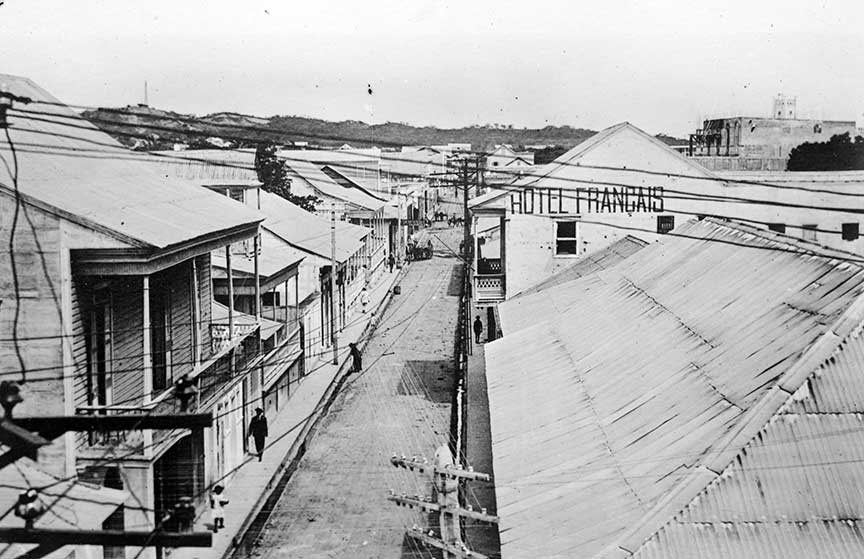1904 -US Takes Charge of Dominican Republican Economy

Domincan Republic 1904
In October 1904 the United States took over the finances of the Dominican Republic, a country in virtual bankruptcy. This was the first of what turned out to be a number of U.S. interventions in Caribbean affairs that related to finances.
In October 1904, a significant chapter in the history of U.S.-Caribbean relations began when the United States intervened in the financial affairs of the Dominican Republic. This intervention, primarily motivated by the economic turmoil facing the Dominican Republic, marked the inception of a series of U.S. involvements in the Caribbean region, largely driven by financial concerns. This period is emblematic of the broader U.S. foreign policy trend in the early 20th century, often characterized as 'dollar diplomacy'.
At the dawn of the 20th century, the Dominican Republic was grappling with a severe financial crisis. The country was burdened with substantial debt owed to European creditors and was teetering on the brink of bankruptcy. This precarious financial situation raised alarms about possible European military interventions, particularly from Germany and France, to enforce debt repayments. Such a scenario had precedence, as European powers had previously employed military means to secure financial interests in other parts of the world.
In response to this situation and guided by the Roosevelt Corollary to the Monroe Doctrine articulated by President Theodore Roosevelt in 1904, the United States stepped in. The Roosevelt Corollary asserted that the U.S. would intervene in Latin American affairs to preempt European interventions. Following this doctrine, the United States proposed to take control of the Dominican Republic's customs houses in 1905. This arrangement allowed the U.S. to manage the collection of customs revenues, utilizing a significant portion of these funds to service the Dominican Republic's external debts.
The primary aim of this intervention was to stabilize the Dominican Republic's financial situation, thwart potential European interventions, and establish a U.S. sphere of influence in the region. However, this was not an isolated incident. The United States had begun to assert its influence more prominently in the Caribbean and Central America, often justifying its actions as efforts to stabilize economies and prevent European involvement.
This pattern of intervention set a precedent for future U.S. actions in the region, which often intertwined economic motives with strategic and political objectives. These interventions had profound and long-lasting impacts on the political and economic landscapes of these nations.
However, the U.S. involvement in the finances of the Dominican Republic and similar interventions in other countries raised significant concerns about the sovereignty and autonomy of smaller nations. This period is often viewed critically as a manifestation of 'dollar diplomacy,' where the U.S. wielded its economic power to exert political and strategic influence. The legacy of these actions has had a lasting impact on U.S.-Latin American relations, laying the groundwork for a complex and often strained relationship between the U.S. and its southern neighbors. This chapter of American foreign policy in the early 20th century remains a significant point of discussion and analysis, particularly in understanding the historical context of inter-American relations.
 >
>